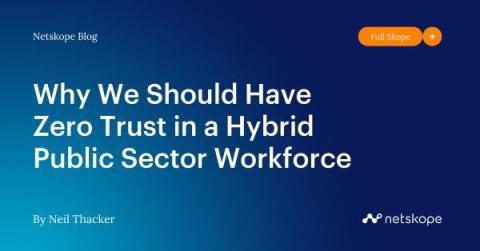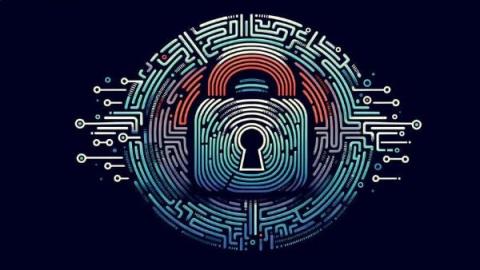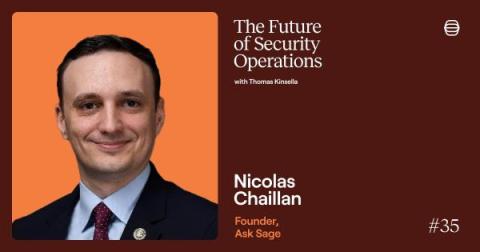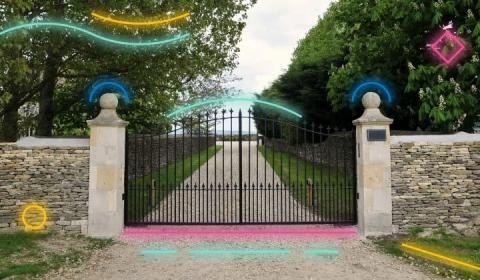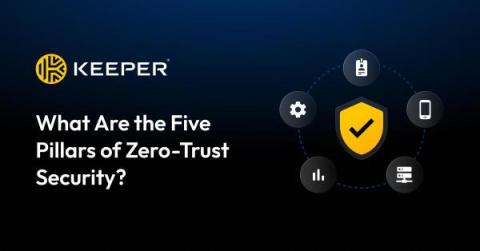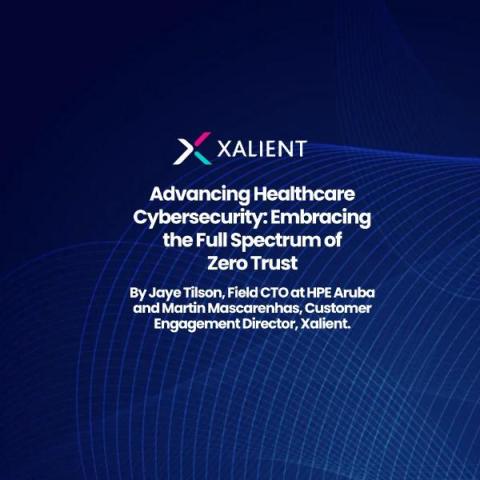Securing the Factory of the Future: How ZTNA and SSE Empower Manufacturing
The manufacturing landscape is undergoing a digital revolution, driven significantly by Industrial IoT (IIoT), cloud adoption, and remote access needs. These advancements enable manufacturing companies to unlock efficiency gains, optimize operations, and enhance collaboration, but they also introduce a raft of new cybersecurity challenges. Legacy equipment and complex network setups have always made it difficult to secure manufacturing environments.



